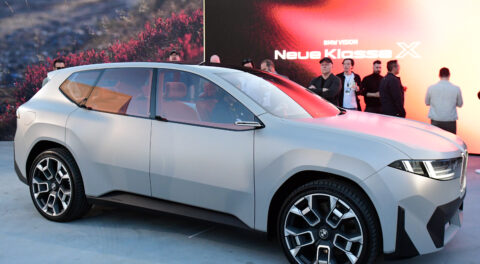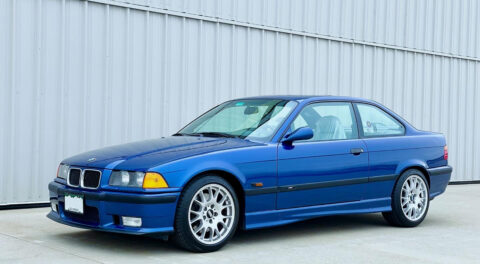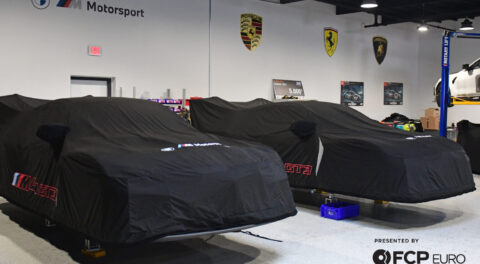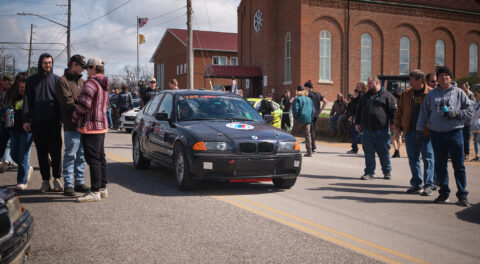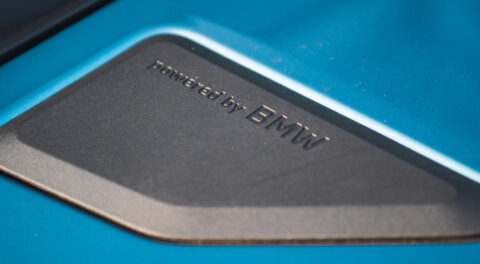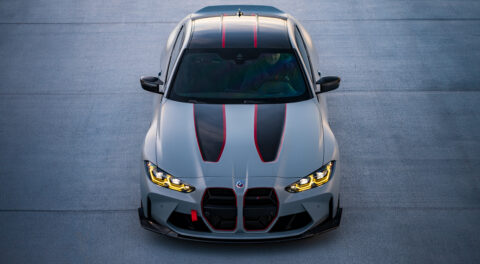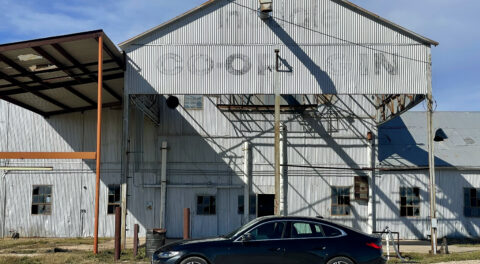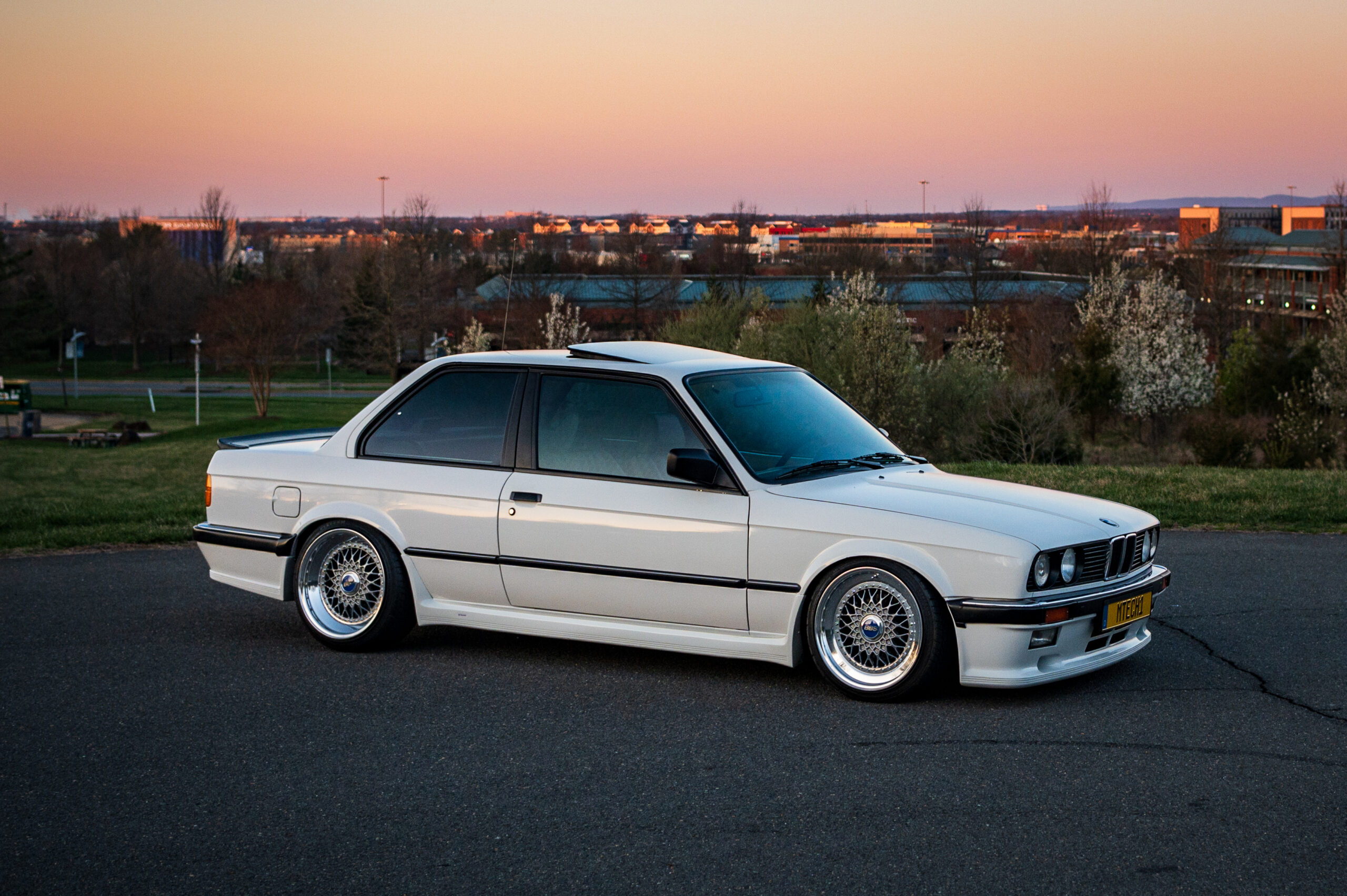
The Honda S2000 Versus The BMW M Roadster
My parents met because my mom had recently emigrated to the U.S. from England, and my dad (who lived in a nearby apartment) happened to be driving a taste of home, a MKIII Austin Healey 3000 roadster. By the time I came around, he had sold the Big Healey for an MG Midget, which I still have today.
Despite horrid reliability and “Prince of Darkness” Lucas electronics, the British roadsters were the epitome of the sports car in our family. Fast-forward to my early driving years in the 1990s, and it was a fantastic time to be roadster lover: Mazda had proven the recipe of the modern and reliable small roadster with the Miata, and BMW followed suit with the Z3. Then Honda joined the club, capitalizing on the legacy of its first cars, the iconic S roadsters of the 1960s, with the S2000.
By that point in the late 1990s, BMW M GmbH had developed a performance variant of the Z3: the M roadster. On paper, the M roadster and S2000 were markedly similar, but in execution they couldn’t be more different. Now, two decades of automobile evolution have passed, and the undiluted qualities of the BMW M roadster and Honda S2000 have only become more relevant. Recently, I happened to have an example of each at my disposal, so naturally a comparison was in order!

The BMW M roadster
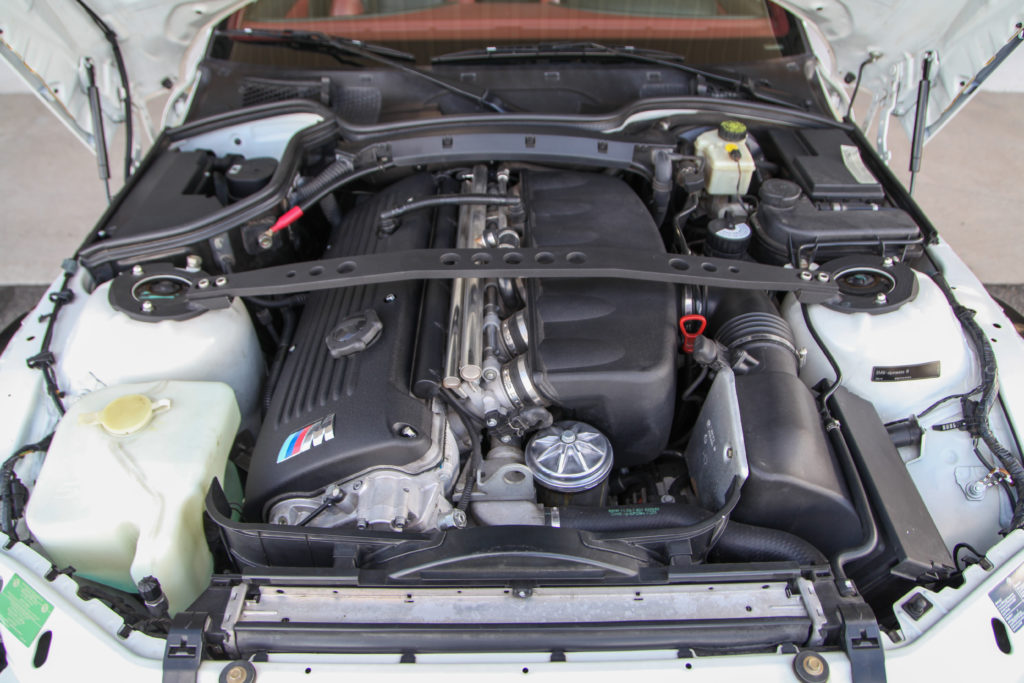
The M roadster’s 315-horsepower 3.2-liter S54B32 engine
The M roadster and S2000 were both purpose-built with a focus on simplicity, handling, and weight more than power—qualities that have become lost on most modern cars. The Z3 M roadster carried the E36 M3’s 245-horsepower S52 engine, along with a five-speed transmission and M suspension and brakes, and an exclusive body kit and colors. Like all M cars, it had a near-perfect 50/50 weight distribution. Then, for the final two model years, 2001 and 2002, it leapt a generation forward by capitalizing on the E46 M3’s 330-horsepower S54 engine (down to 315 horsepower in the M roadster’s application due to more restrictive headers and a lower redline). Both the S52 and S54 engines were 3.2-liter blocks, but the S54 achieved its horsepower increase through the old-school M GmbH recipe of individual throttle bodies, high compression, and a redline of 7,700 rpm, up from 7,000 with the S52.

The Honda S2000
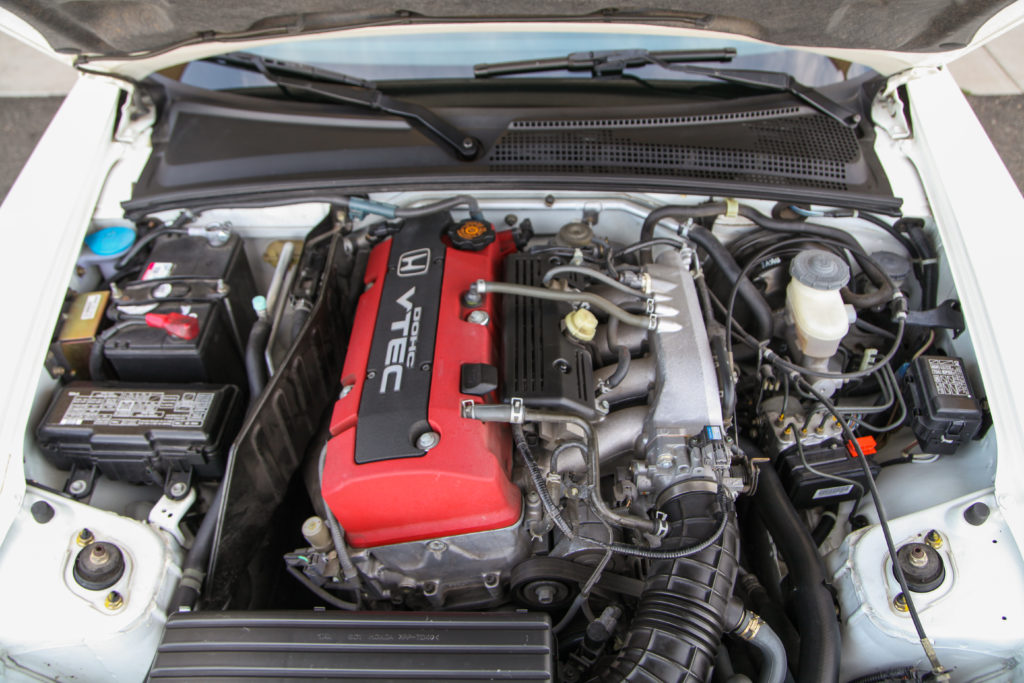
The S2000’s 240-horsepower two-liter F20C engine
The first iteration of the S2000, the AP1, made roughly 240 horsepower from its two-liter F20C engine, which was mated to a six-speed transmission; it also enjoyed a highly tuned suspension and powerful brakes. The aluminum F20C engine was kept small and light, with only four cylinders, and it was mounted behind the front axle in a front-mid-engine configuration to maintain a 50/50 weight balance. With only two-liters of displacement, the AP1’s F20C engine achieved its power in F1-like fashion by revving to a stratospheric 9,000-rpm redline. To put that in perspective, that’s 240 horses from the same volume as the bottle of soda that you brought to your in-law’s house for Thanksgiving—just don’t shake it up before you open it!
In 2004, the S2000 underwent a lifecycle update, the AP2, at the heart of which was the F22C1 2.2-liter engine. Despite the 0.2-liter increase in displacement, the F22C1’s horsepower was unchanged, but it did feature a slightly lower torque curve. The AP2 also received minor suspension changes to make its handling less neutral—that’s right, less neutral.

The S54-powered M Roadster and the F20C-powered S2000 are an unexpectedly even comparison.
At first glance, it would seem that the S52-powered M roadster would make best comparison with the S2000 due to their virtually identical horsepower numbers, but the devil is in the details. The S2000’s chassis and suspension are far superior to those in the M roadster, which is let down by its antiquated trailing-arm rear suspension. Despite its 75-horsepower advantage, the S54-powered M roadster is probably the more even BMW. A look at the torque numbers exemplifies this: The S52 developed a peak torque of 260 pound-feet at 3,250 rpm. The S54 developed only one pound-foot more, but it shifted to 4,900 rpm in the rev band.
The F20C makes only 155 pound-feet, but not until a staggering 7,500 rpm. Out on the road, both the S54 and F20C need to be revved aggressively. The S2000 negates some of its power and torque disadvantage with a 300-pound weight savings over the M roadster (2,809 pounds versus 3,130).
And then there is price. Both the S2000 and S54-powered M roadster require a budget in the high teens to low twenty-thousands to acquire a nicely sorted example.
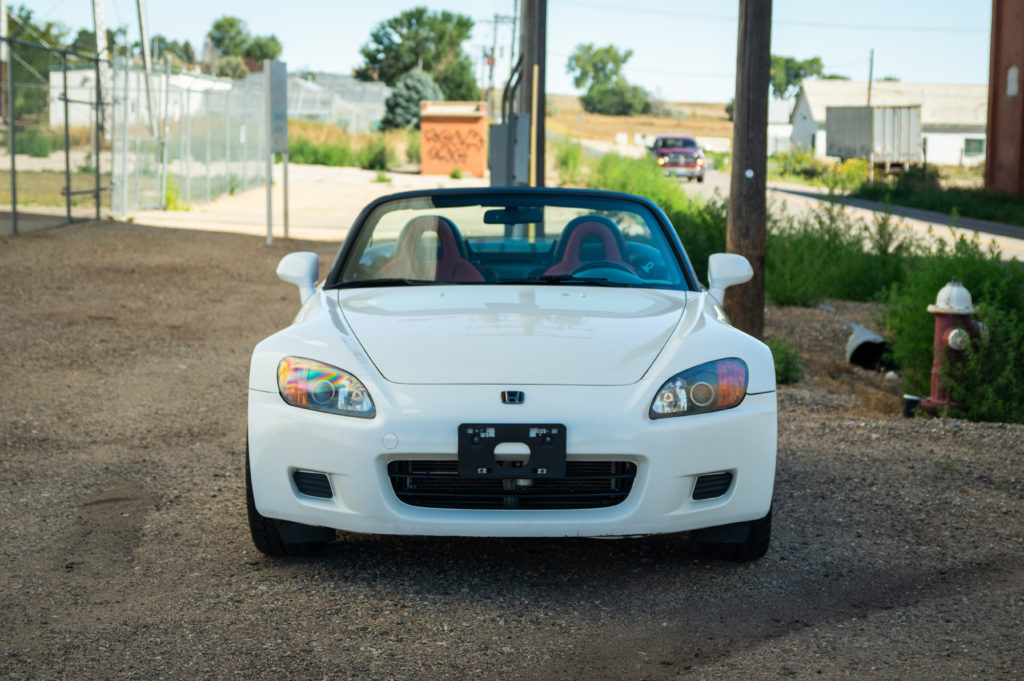
Sleek, proportional, and functional are words that the S2000’s shape inspires.
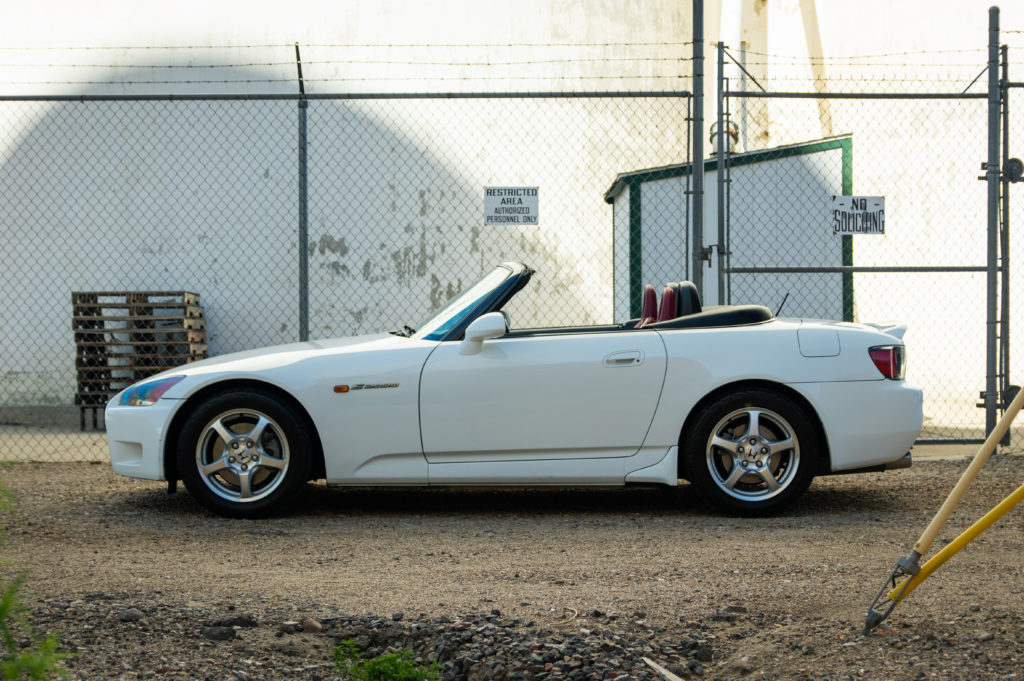
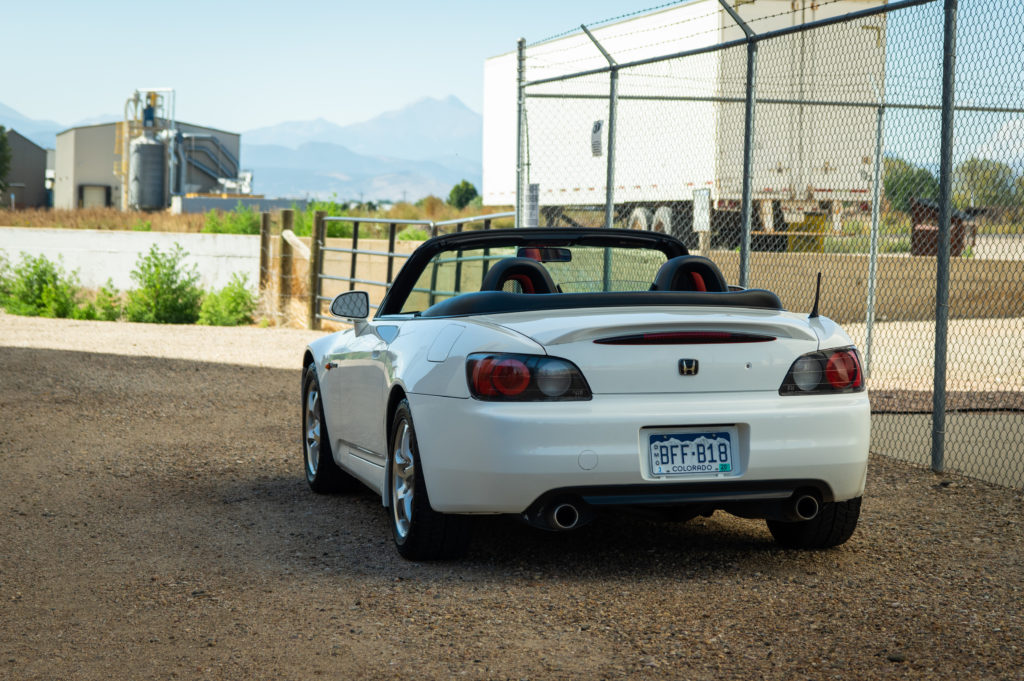
The S2000 in this comparison is an early AP1 2000 model-year example in Grand Prix White over a full red interior (later models switched to two-tone red-and-black interiors). In the S2000 world, it is a rare color combination; only 1,662 such models were produced over the entire production run. Grand Prix White is also a tribute to Japan’s national racing color.
The S2000 has tidy and well-proportioned lines, yet its easily distinguishable wedge shape is far from generic. You get a sense that every detail was thoughtfully integrated, with each element accentuating the overall form. Sleek is the word that comes to mind as your eyes are drawn from the low-slung nose into HID projector headlights that sweep into the fenders, a steeply angled windshield, and rear brake lights that wrap into rear quarter panels. This example was outfitted with optional rear side strakes and a trunk spoiler, both of which complement the form. Faux brake ducts in the front bumper are my only complaint, as they betray the highly functional design theme that is persistent elsewhere. Sixteen-inch non-staggered five-spoke wheels were standard on early S2000s, which saved weight and kept handling neutral.

The S2000’s cockpit is minimalist with an F1 inspired instrument cluster.

The S2000’s minimalist interior is unapologetically driver-focused. Red seats and carpet are framed under a black dashboard and door trim—oh, how I love red interiors! Behind a just-the-right-diameter three-spoke steering wheel is an F1-style digital instrument cluster that is dominated by a large tachometer. All controls are placed with easy reach of the steering wheel, including remote controls for the stereo, the faceplate of which can be hidden behind a fold-down door.
Another F1 cue is the red start button, a rarity when the S2000 was released, which can be confusing to the modern driver because a key is also required. The weighted stainless-steel shift knob is purposeful and somewhat rare, as it was replaced by leather in later model years because it would get hot under direct sunlight and burn the driver’s hand—what a bunch of sissies! A plastic convertible top rear window was replaced in the 2001 model year by a glass window with a defroster—a nicety for any roadster. Trunk space is limited, but there is a spare tire hidden beneath the top storage compartment.
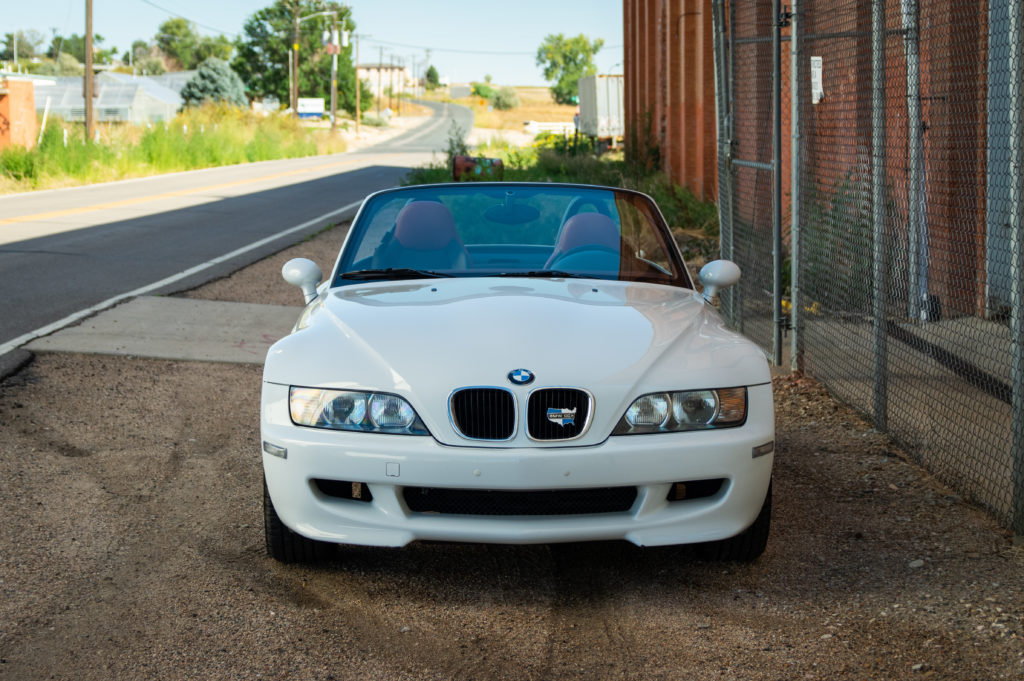
The M roadster is old-school and elegant, a timeless design that has only improved with age.
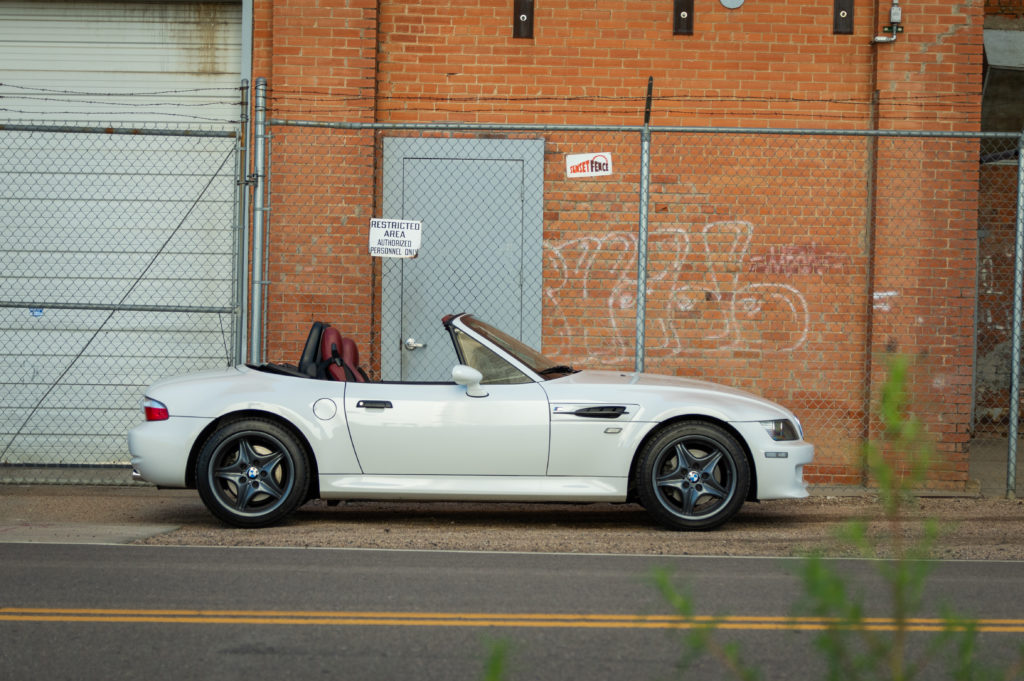
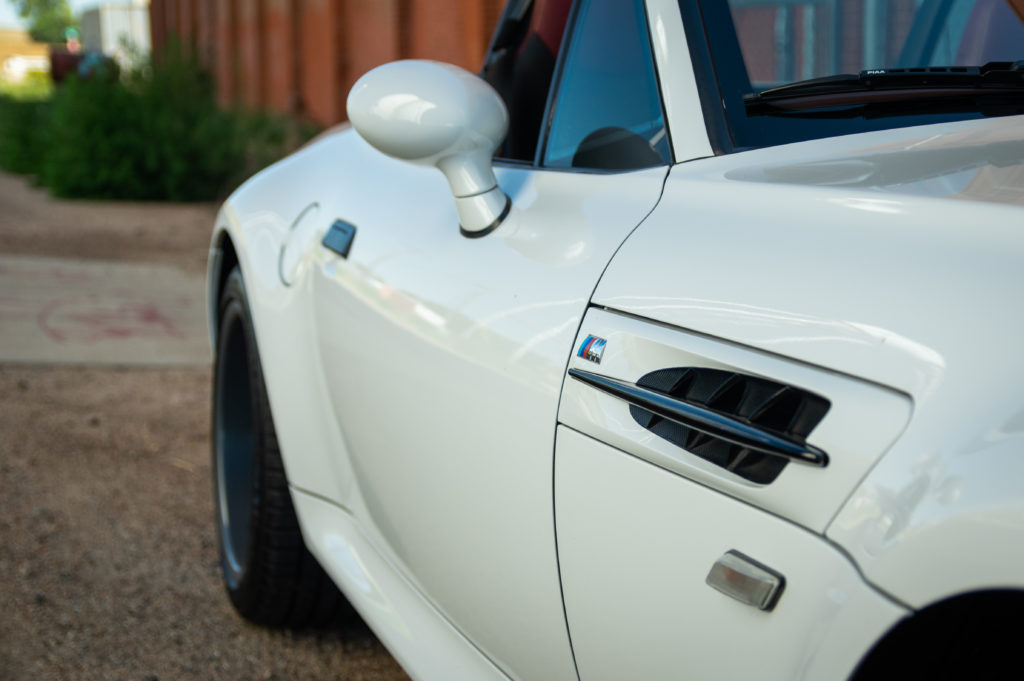
If the S2000 is techno-centric—even in today’s world—then the M roadster is a nod to the past. This example also sports the same white-over-red theme by way of Alpine White over a two-tone Imola Red-and-black interior. White-over-red is an even rarer color combination in the M roadster, with this example being one of only eleven S54-powered examples ever produced.
The M roadster’s form is refined and elegant, with a wonderfully proportioned long nose and short rear deck reminiscent of the Jaguar E-Type. To distinguish it from the normal Z3, the M roadster received front splitters, unique side gills, a quad-tipped exhaust, and seventeen-inch Style 40 “Roadstar” wheels. Quad headlights (halogens verses the S2000’s HIDs), functional brake ducts, aerodynamic mirrors, and multi-block taillights allow no mistake that this is a BMW. Staggered and deeply dished rear wheels, re-finished in Anthracite Gray, add masculinity without overdoing it—a balance that has been lost in subsequent Z cars.
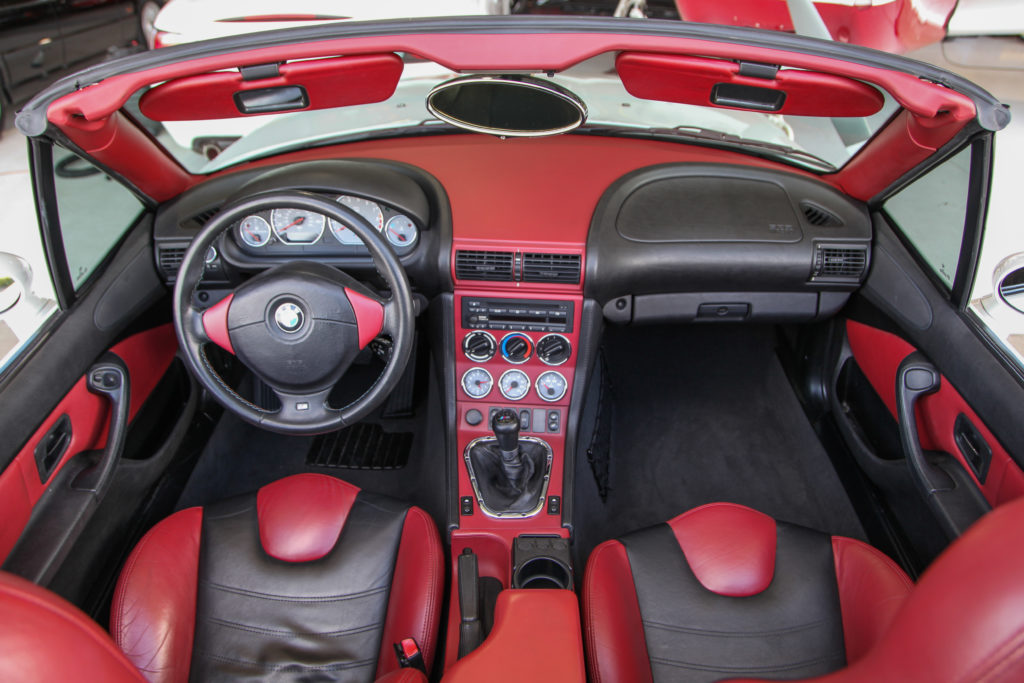
The old-school theme continues inside, with lots of gray-faced round-dial gauges.
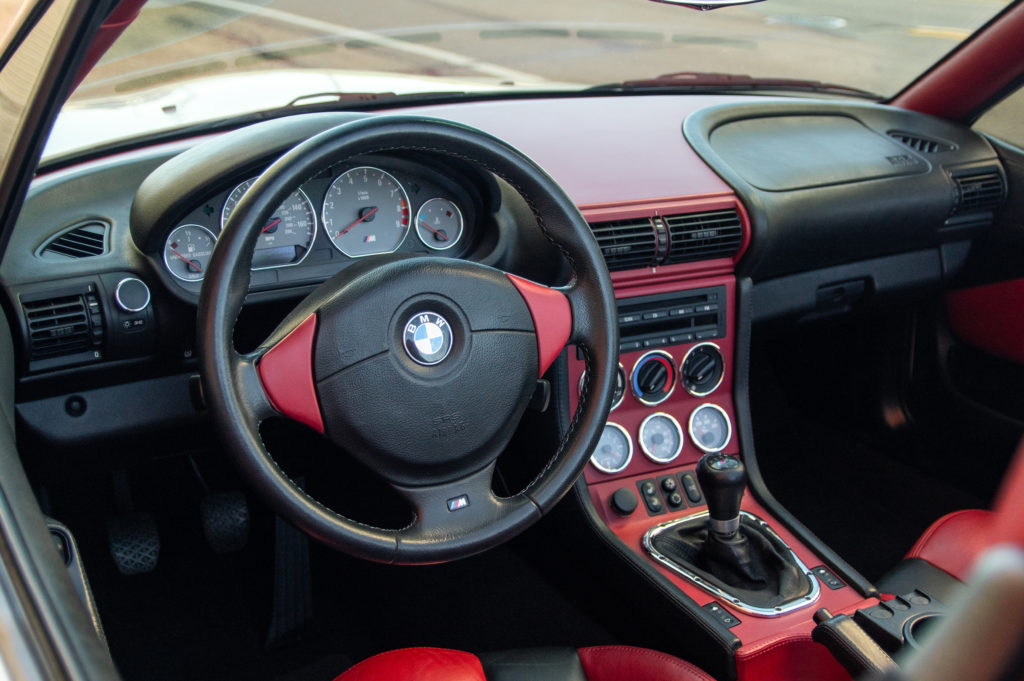
Inside, the M roadster is draped with fine leather and lots of old-school chrome-ringed gauges—as a pilot, I love gauges! Unlike most BMWs, options were limited, but the standard kit is plentiful, including a three-spoke M steering wheel, heated seats, an illuminated M shift knob, Harman/Kardon premium sound, and an auto-dimming rear-view mirror. S54-powered M roadsters featured gray-faced gauges that were shared with the E46 M3 and E39 M5, along with the more advanced Dynamic Stability Control (DSC) system.
While still being driver-focused, the M roadster is more refined inside with considerably more legroom for its occupants. At over six feet tall, I am willing to shoehorn myself into any small car—an act of comedy for onlookers when it’s an MG Midget—but after an hour behind the wheel of each, my hip flexors appreciated the M roadster over the tighter confines of the S2000.
There is no spare tire in the M roadster; in its place is a mobility kit if you dare to trust it. The trade-off, however, is more usable trunk space than the S2000. A glass rear window was never available, and the plastic rear windows did wear prematurely due to their folding design.
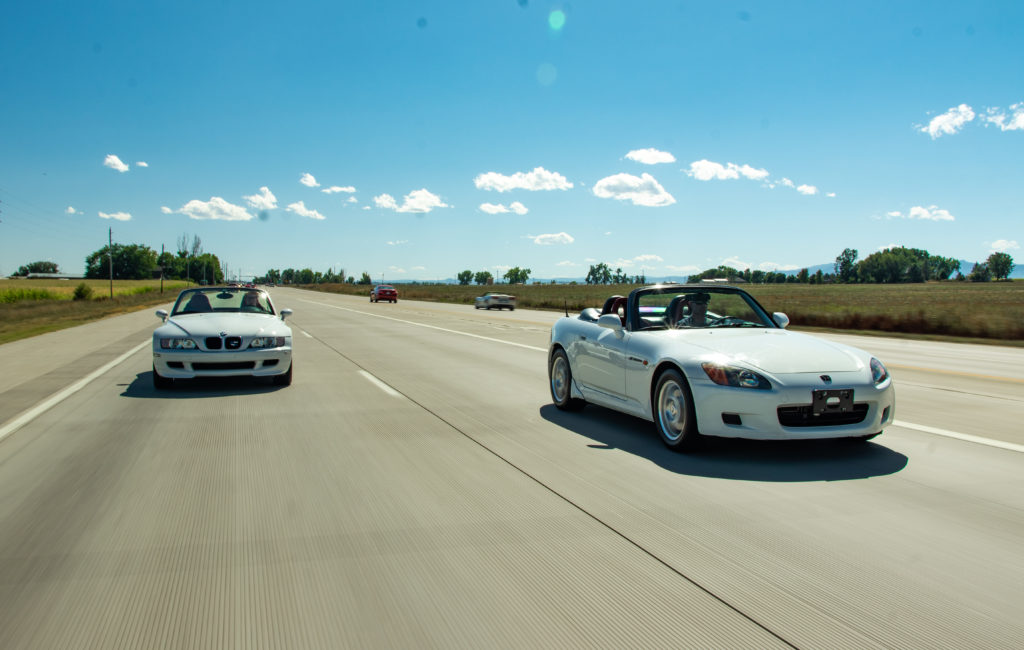
It’s on the open road where the differences between the cars are compounded.
So the S2000 is more modern, the M roadster is more refined—but it’s from behind the wheel where the two roadsters really diverge.
The 1990s were a time of greatness for Honda. The company had benefited from a string of multiple Constructors’ Championship wins in Formula 1, supplying engines to teams Williams and McLaren. The Acura NSX was developed from this program, with significant input from Ayrton Senna, and that DNA later trickled down into the S2000. It was developed from the chassis up with a focus on rigidity and weight—or the lack thereof. Its handling is crisp and telepathic—being simply superb—and it does not suffer for the lack of a roof, unlike most convertibles. Take it to the limit, and things can get overly neutral in a hurry, but the chassis is so communicative that it is easy to predict and correct any oversteer. The six-speed gearbox has close ratios and is shifted through one of the most precise shifters on any car—ever. That’s a bold statement, but it’s true! If all cars shifted like the S2000, the world would be a better place.
You must work to extract its power by revving prodigiously north of 5,500 rpm before the variable cam timing (VTEC, in Honda speak) kicks in with a punch. The act of revving to 9,000 is smile-evoking, as you are more in the superbike realm of revolutions per minute than the sports-car realm. While this is perfect for spirited driving or on the track, it can be cumbersome in normal driving, because there is not much power down low in the rev band (this improved with the AP2 S2000). The lack of low-end grunt is my greatest single complaint, but paradoxically, I wouldn’t change it, as it would compromise the high-strung nature that makes the S2000 so exhilarating to drive.
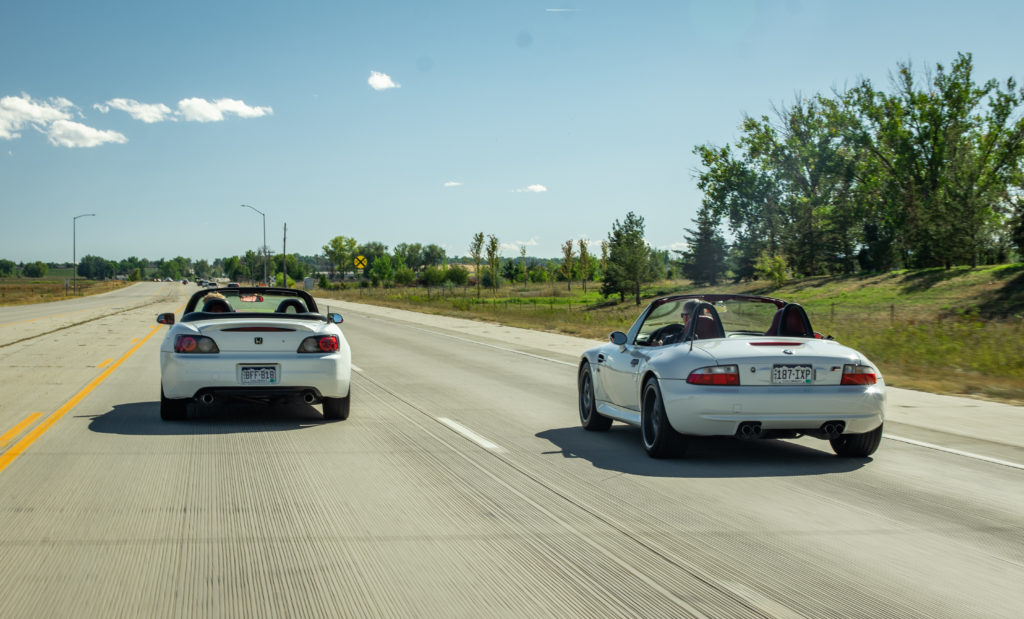
Although the S54 engine in the M roadster also requires a heavy foot to extract its full power, there is so much more torque available lower in the rev range that street driving is significantly more tolerable. If the F20C shrieks on the way to its stratospheric redline, the S54 unleashes screams of its own as the tachometer needle climbs north. The sound track is a theatrical performance that will delight any soul with a drop of motoring enthusiasm in their blood. And when you get to the top of that arc, the M roadster’s power advantage is conspicuous; it bested the S2000 by several car lengths on our closed-taxiway drag race.
The five-speed ZF gearbox in the M roadster is adequate, but it can be notchy, and it lacks the surgical precision of the S2000’s six-speed. Underneath is a combination of E36 M3 front suspension, an E30 M3-derived trailing-arm rear suspension, and E36 M3 brakes on each corner. That E30 rear suspension, coupled with a short wheelbase and over 300 horsepower, can make it a handful if not respected; you must steer with throttle and feet as much as with the wheel and hands, in a manner very similar to a torsion-bar Porsche 911, to extract full cornering agility.
Just don’t lift off the gas once you’ve committed to the turn.
The E36 M3 brakes are more than competent when it comes time to stop; they easily out-brake the S2000 despite the M roadster’s heavier weight.
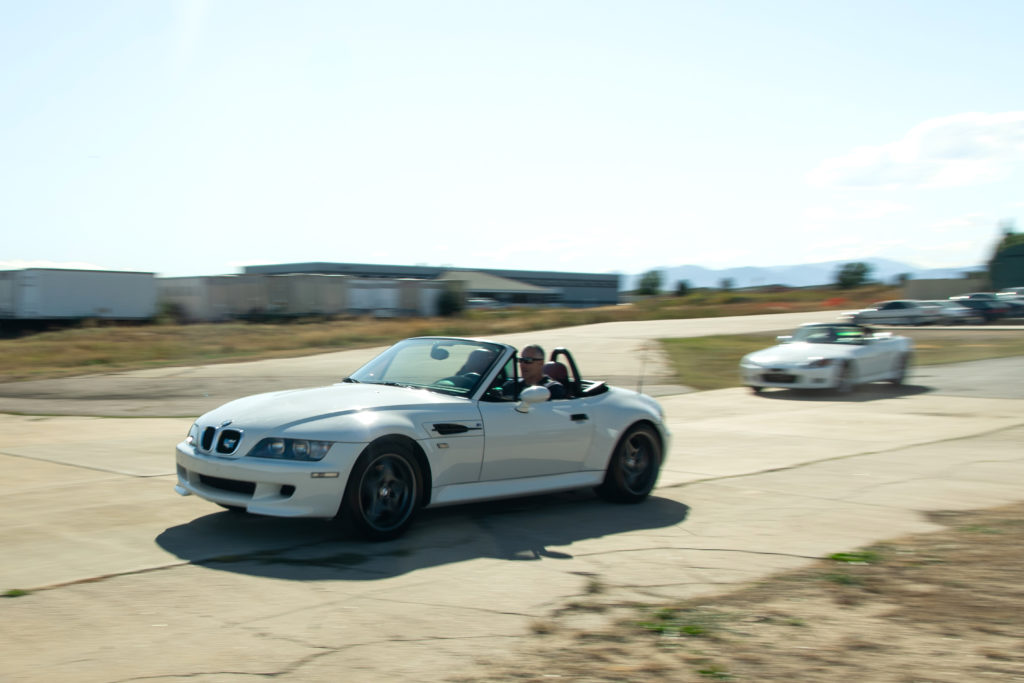
The M roadster easily dispatched the S2000 in a drag race, but the S2000 took flight!

So which roadster is better? Unfortunately, I don’t have a clear answer. If I’m honest, I’m equally happy in either car. The S2000 is a precise instrument that was developed with a fanatical approach. It heralds from an era when Honda built truly fantastic cars that wore the legacy of racing and winning with some of the greatest teams in one of the greatest eras of Formula 1. When you acknowledge this history, you truly feel special driving the S2000.
The M roadster started as a parts-bin version of the Z3 that was then refined and honed by the wizards at M GmbH into one of the most captivating retro-modern BMWs of the 1990s. The M roadster channeled the soul and the spirit of the great roadsters that preceded it, yet with the refinement, composure, and power of a BMW. Where the S2000 is an instrument—and a precise one at that—the BMW has soul. The S2000 oozes of Honda quality, where the M roadster will require more maintenance and repairs (possible rod bearing and trunk-floor spot-weld failure, to name a couple).
The correct answer is that there is no wrong answer. Driving them back-to-back, I smiled equally and appreciated the qualities that each car had to offer. The most stunning revelation of the day wasn’t that one roadster was better than the other, but how two roadsters which on the surface appeared to be so similar are in reality so vastly different.—Alex McCulloch
[Photos courtesy Peter Thompson.]


